Is the ‘Pumpkin Spice Tax’ Coming for Your Fall Coffee Budget?
Inflation pressures, tariffs, and talk of the so-called 'pumpkin spice tax' have some wondering about rising coffee prices.

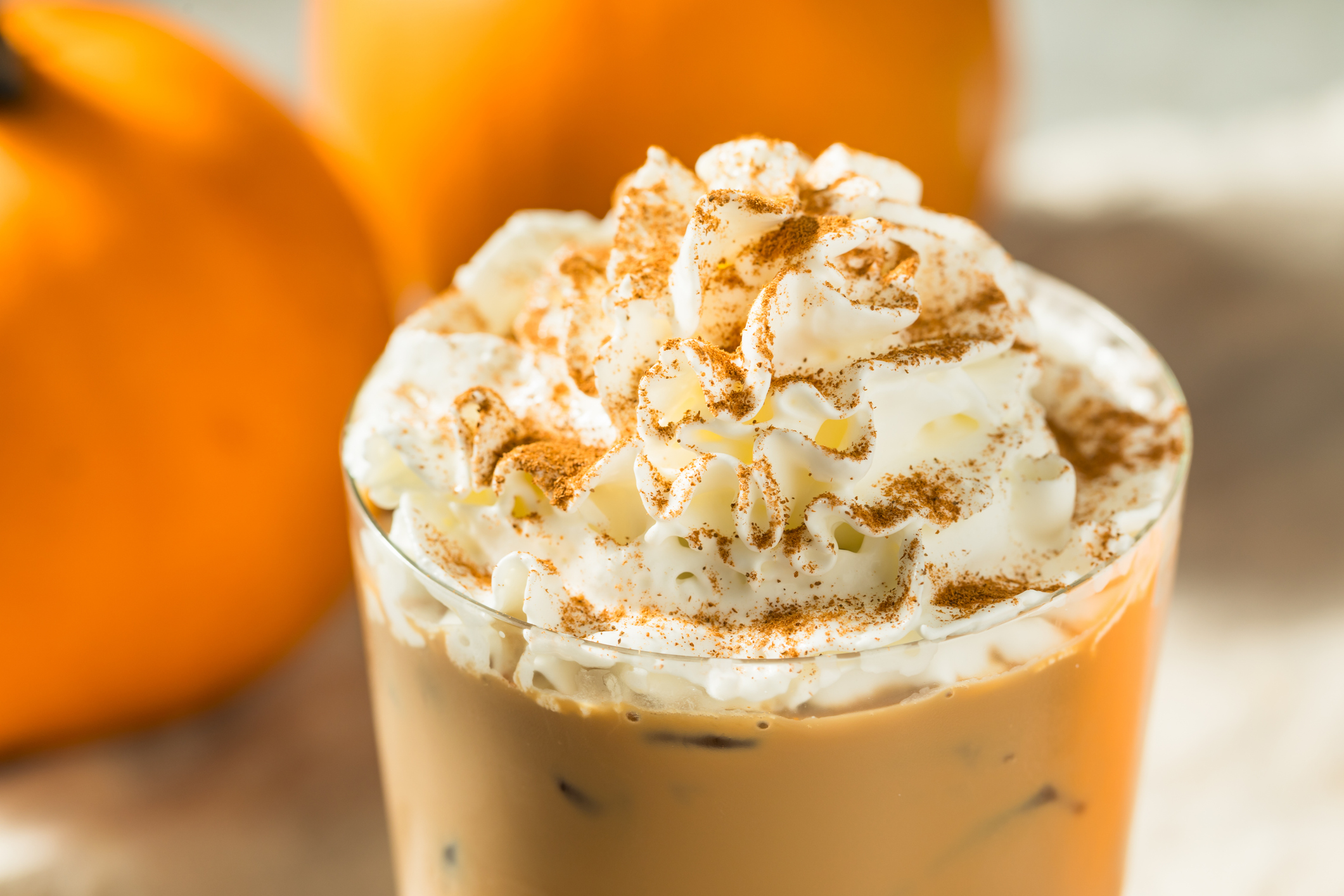
Before the air has even cooled in many places and tree leaves have yet to fall, Starbucks’ Pumpkin Spice Latte (PSL) has once again returned to signal the unofficial start of autumn.
Since its debut more than 20 years ago, the PSL has become beloved by many fall enthusiasts worldwide. Starbucks reports that hundreds of millions of PSLs have been sold, making it the company’s most popular seasonal beverage.
This year, Starbucks officially launched its fall menu on August 26, 2025, marking an early start to the season, catering to eager pumpkin spice lovers.
From just $107.88 $24.99 for Kiplinger Personal Finance
Become a smarter, better informed investor. Subscribe from just $107.88 $24.99, plus get up to 4 Special Issues

Sign up for Kiplinger’s Free Newsletters
Profit and prosper with the best of expert advice on investing, taxes, retirement, personal finance and more - straight to your e-mail.
Profit and prosper with the best of expert advice - straight to your e-mail.
However, some consumers feel that the price tag of their favorite fall beverage has steadily increased. In recent years, that concern has given rise to talk of a so-called “pumpkin spice tax.”
But is that pumpkin price premium real? And what happens with Trump tariffs in the mix? Here’s more to know.
Pumpkin spice latte: Starbucks fall menu 2025
Despite inflation pressures and looming tariffs, the 2025 Starbucks fall menu launched without a PSL price increase compared to last year.
A Grande PSL is priced between $5.75 and $7.25 in U.S. company-operated stores. (Note: Prices for Starbucks items can vary by region and individual store location.)
But last year, LendingTree found that "on average, pumpkin-flavored products cost 7.4% more than their nonpumpkin alternatives."
This year's "Pumpkin Premium" report by Empower finds that 44% of those surveyed believe tariffs and inflation are making pumpkin-flavored items cost more. About "39% say the 'pumpkin spice tax' or the premium price on seasonal items is real."
But according to the research, more than half (54%) of those surveyed said "buying these products is something they look forward to every fall."
About one in three shoppers said they were willing to pay more to enjoy the seasonal flavor, spending on average $32 per month on pumpkin spice items during autumn, with millennials doubling that amount at $64.
So, what about the “pumpkin spice tax”?
- The pumpkin spice tax isn’t a literal tax. It’s essentially a nickname for the small premium consumers pay for pumpkin-flavored goods each fall.
- What contributes to the premium? Wholesale pumpkin prices fluctuate seasonally but typically range from $0.30 to $0.60 per pound, which is more costly than synthetic flavorings.
Also, Starbucks reportedly uses real pumpkin puree in its PSL recipe, which is made from kabocha squash. That and the drink’s perennial popularity likely factor into the price consumers pay.
What is a pecan cortado from Starbucks?
Starbucks’ 2025 fall menu also includes a new pumpkin-inspired drink called the Pecan Oatmilk Cortado, along with returning favorites like the Pumpkin Cream Cold Brew, Iced Pumpkin Cream Chai, and Pecan Crunch Oatmilk Latte.
On its website, the coffee company describes the Pecan Oatmilk Cortado as a combination of "three shots Starbucks Blonde Espresso with notes of pecan, rich brown butter, and holiday baking spices and steamed oatmilk...then sprinkled with a pecan crunch topping and served hot in an 8-ounce cup."
It’s also worth noting that the pumpkin spice tax notion extends beyond Starbucks.
Retailers like Dunkin’, Dutch Bros, and 7-Eleven cater to the pumpkin-flavored trend. The prices of their products are sometimes in a similar range, contributing to the overall seasonal cost premium that consumers experience with fall coffee.
So while pumpkin spice lovers might grumble about paying a premium for their seasonal fix, the “pumpkin spice tax” is mostly a reflection of seasonal demand and ingredient costs.
Will Trump tariffs drive up coffee prices?
But...coffee prices are expected to be pushed higher partly due to President Donald Trump’s tariff policies. That’s in large part because, since August 6, 2025, Brazil, the largest coffee exporter to the U.S., has faced a 50% tariff, adding significantly to the cost of imports.
That tariff increase comes alongside existing challenges, like drought and global demand, which, according to Bureau of Labor Statistics data, have already driven prices up by about 11% year-over-year as of May 2025.
Some analysts warn that these costs will likely be passed on to consumers.
So pumpkin spice aside, the combination of tariffs and supply pressures means your favorite brew could soon feel pricier at the checkout this year. Stay tuned.
Related
- Food Tax: States That Still Tax Groceries in 2025
- What to Know About the Chocolate Candy Tax
- States With the Highest Sales Taxes
- What Tariffs Are and How They Impact Your Money
Profit and prosper with the best of Kiplinger's advice on investing, taxes, retirement, personal finance and much more. Delivered daily. Enter your email in the box and click Sign Me Up.
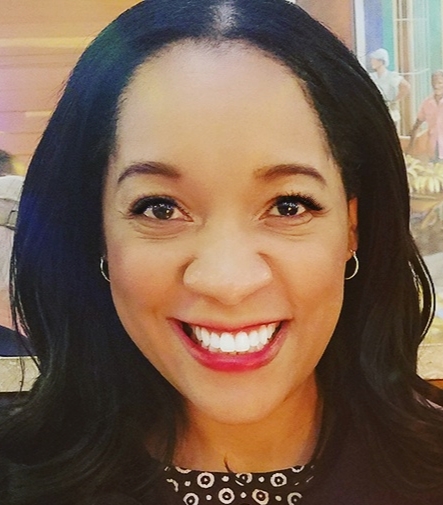
Kelley R. Taylor is the senior tax editor at Kiplinger.com, where she breaks down federal and state tax rules and news to help readers navigate their finances with confidence. A corporate attorney and business journalist with more than 20 years of experience, Kelley has covered issues ranging from partnerships, carried interest, compensation and benefits, and tax‑exempt organizations to RMDs, capital gains taxes, and income tax brackets. Her award‑winning work has been featured in numerous national and specialty publications.
-
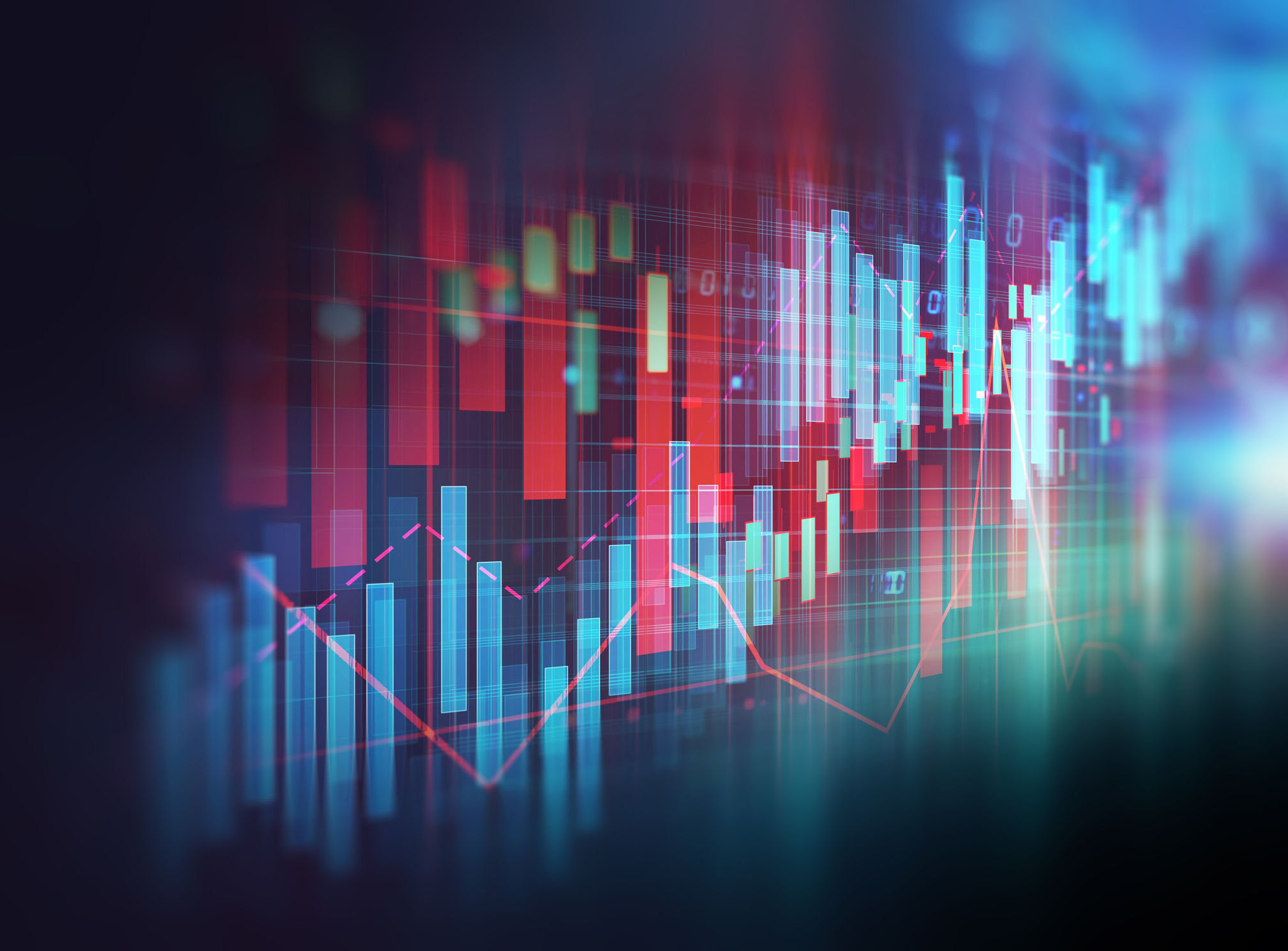 Santa Claus Rally at Risk as Tech Stocks Slump: Stock Market Today
Santa Claus Rally at Risk as Tech Stocks Slump: Stock Market TodayThe Nasdaq Composite and Dow Jones Industrial Average led today's declines as investors took profits on high-flying tech stocks.
-
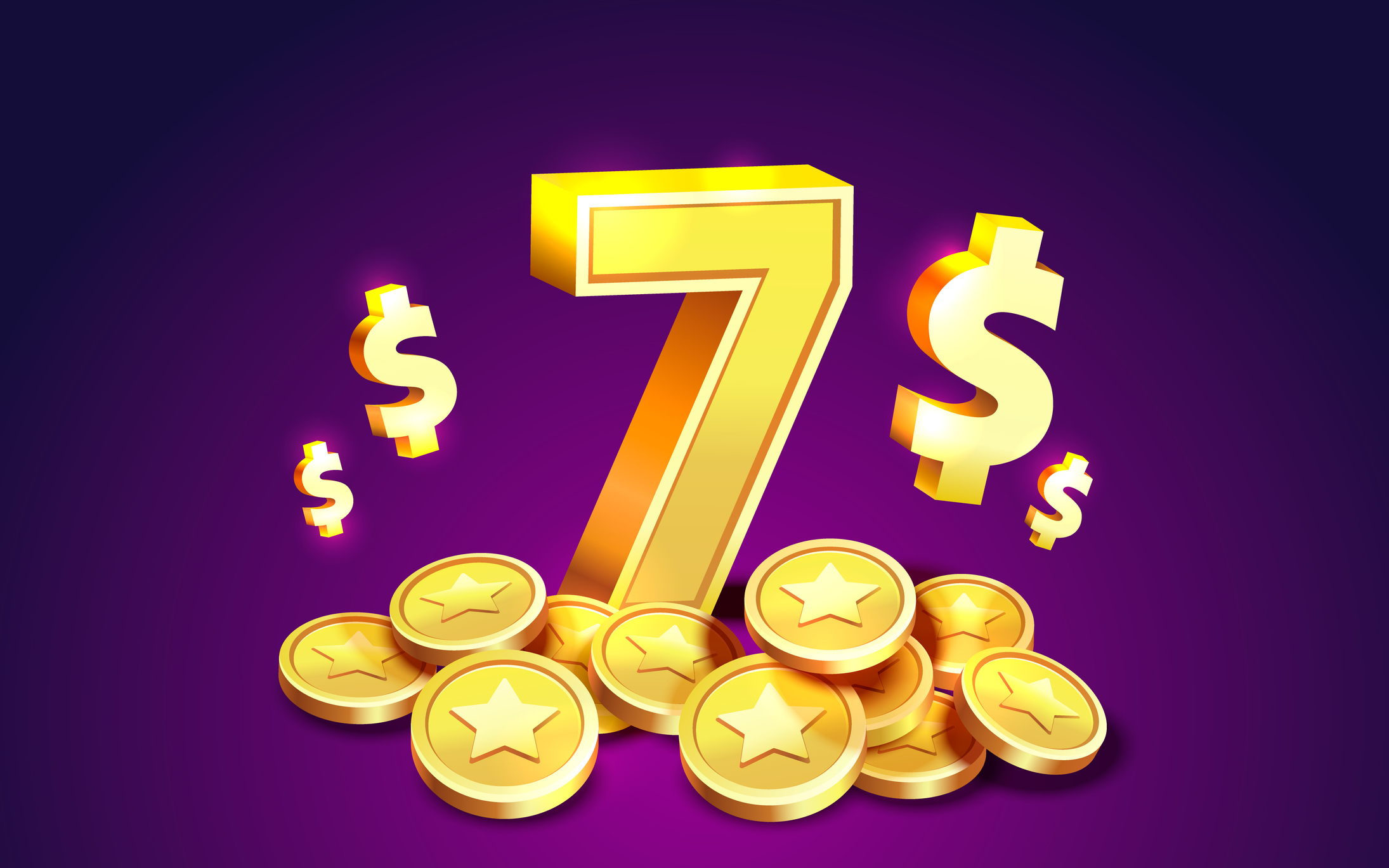 7 Ways to Save Money on Almost Everything
7 Ways to Save Money on Almost EverythingHigh prices got you down? These strategies can help you reap deep discounts on everyday spending.
-
 My Top 10 Stock Picks for 2026
My Top 10 Stock Picks for 2026Each year, we ask an expert to pick 10 stocks that have the potential to beat the market over the next 12 months. Here are his choices for 2026.
-
 Holiday Tax Scams 2025: 'Tis the Season to be Wary
Holiday Tax Scams 2025: 'Tis the Season to be WaryTax Scams Navigating tax tricks of the holiday season may be daunting, but don't let that destroy your festive spirit
-
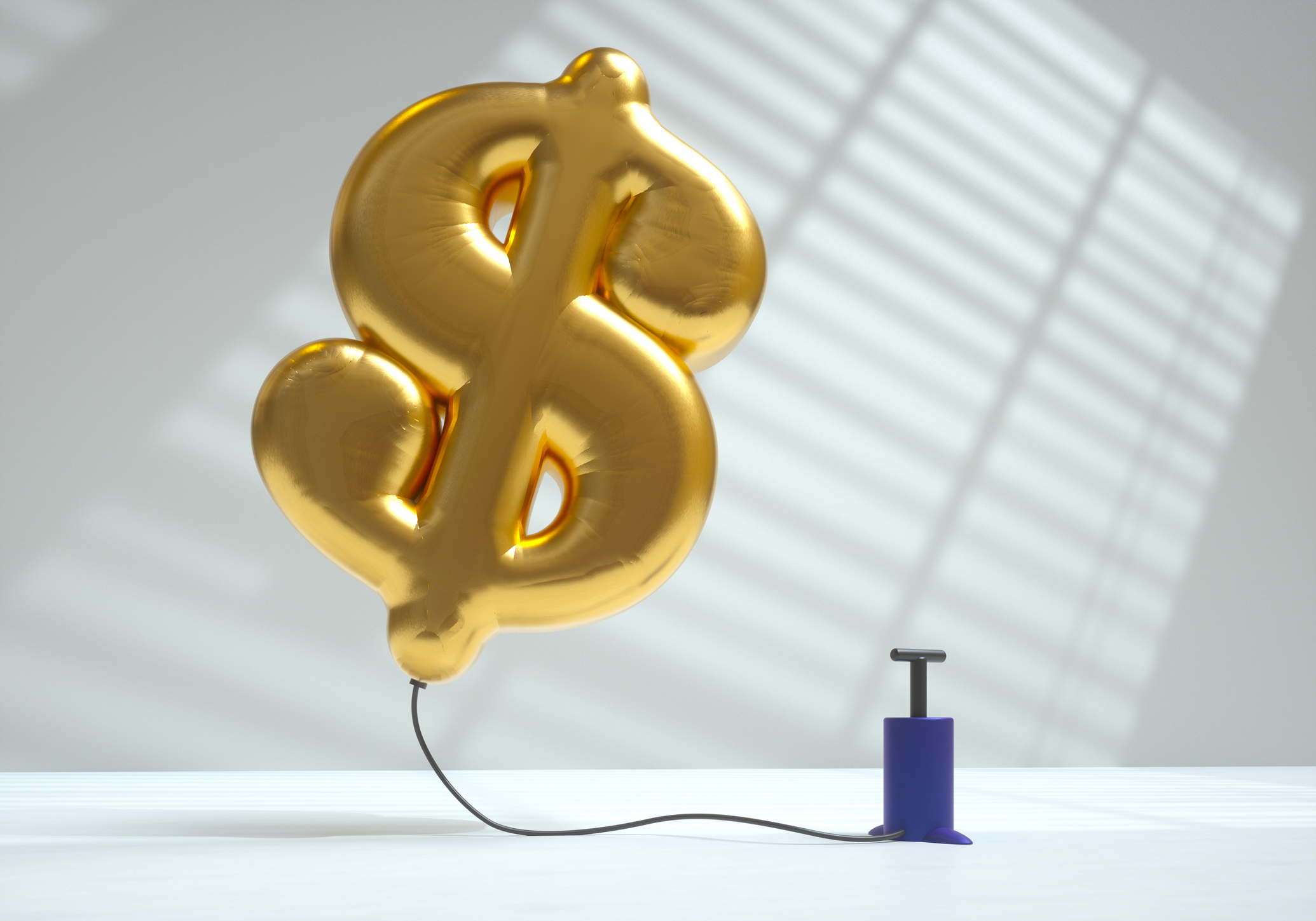 The November CPI Report Is Out. Here's What It Means for Rising Prices
The November CPI Report Is Out. Here's What It Means for Rising PricesThe November CPI report came in lighter than expected, but the delayed data give an incomplete picture of inflation, say economists.
-
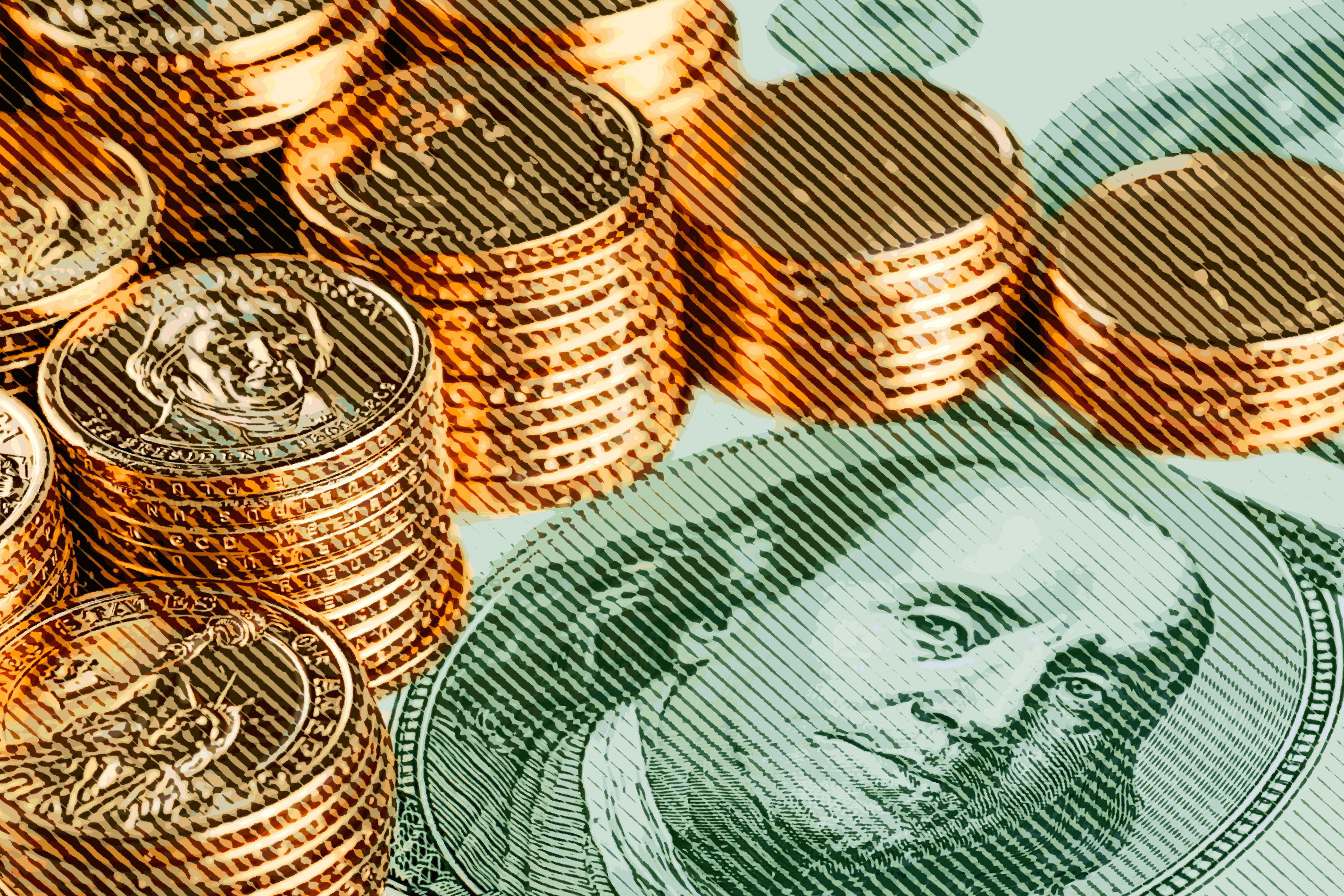 Law Reversal Looming? Trump Eyes 2026 Gambling Winnings Tax Change
Law Reversal Looming? Trump Eyes 2026 Gambling Winnings Tax ChangeTax Deductions It's no secret that the IRS is coming after your gambling winnings in 2026. But how long will that last?
-
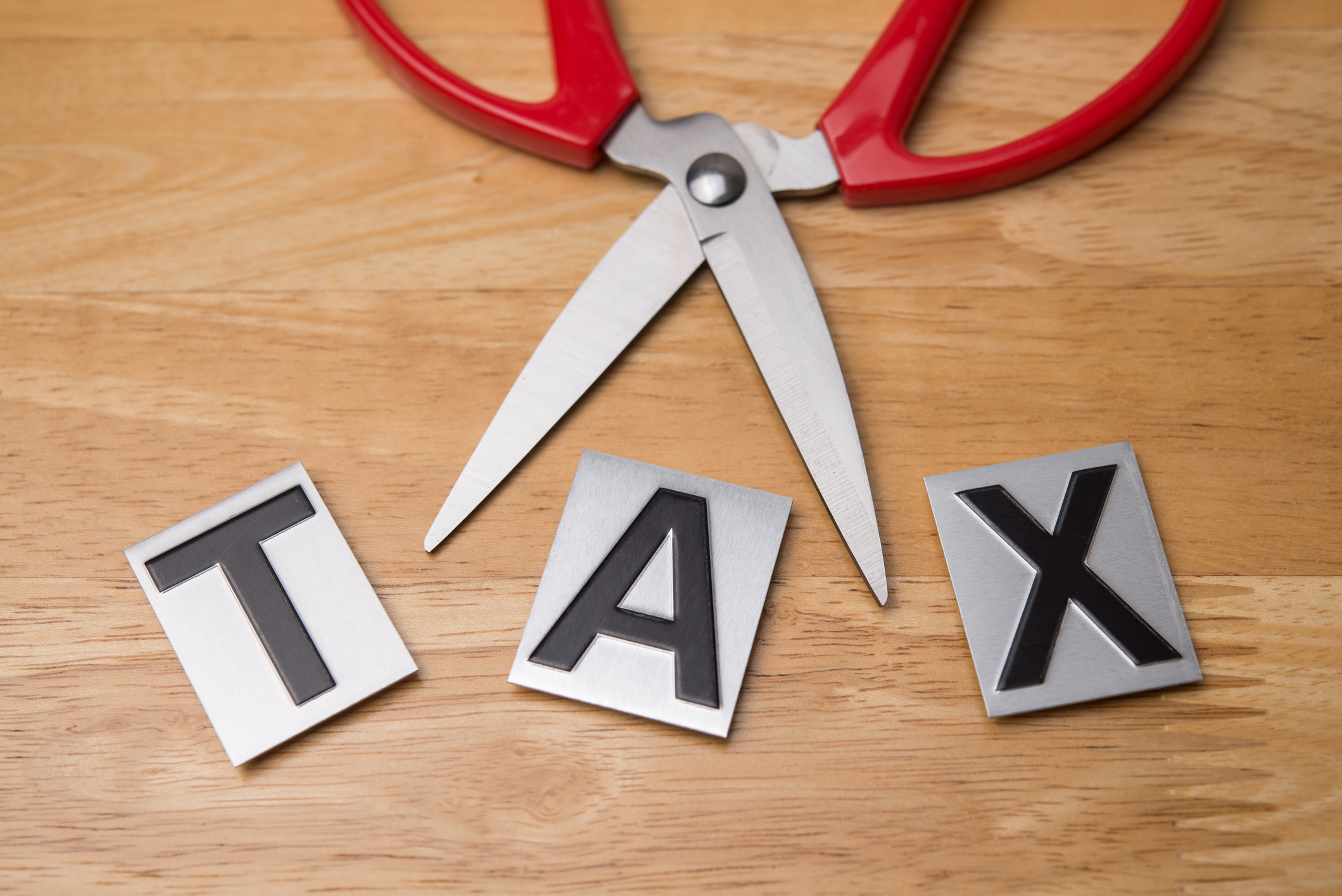 Trump's Plan to Eliminate Income Tax: 7 Things to Know Now
Trump's Plan to Eliminate Income Tax: 7 Things to Know NowTax Policy The potential consequences of eliminating taxes in favor of Trump tariffs could impact everything from inflation to Social Security and might give some U.S. taxpayers pause.
-
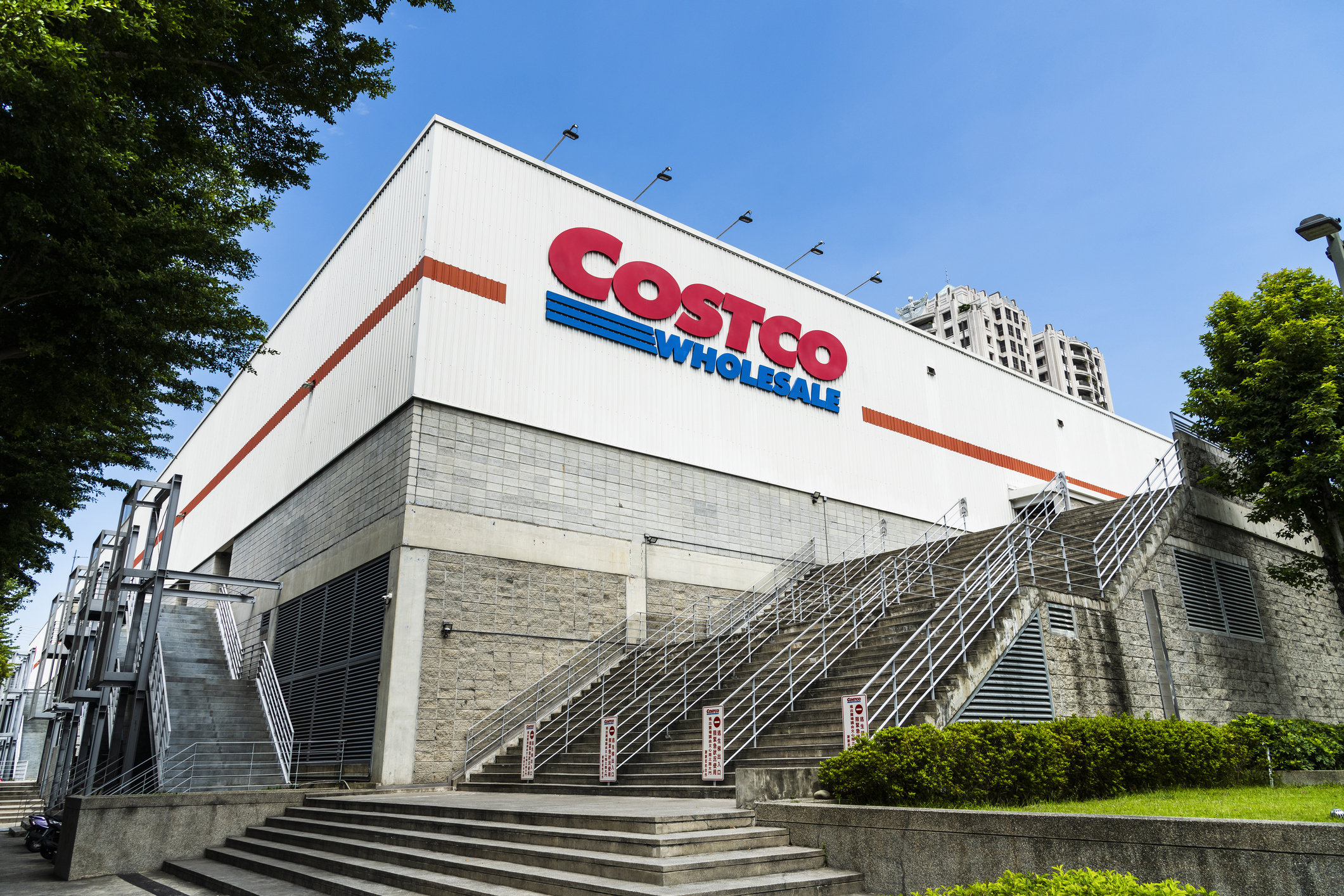 Costco Sues Over Trump Tariffs: What Could That Mean for Prices in 2026?
Costco Sues Over Trump Tariffs: What Could That Mean for Prices in 2026?Tariffs The retailer is making headlines not just for its famous hot dog and gold bars but for suing the Trump administration over tariffs.
-
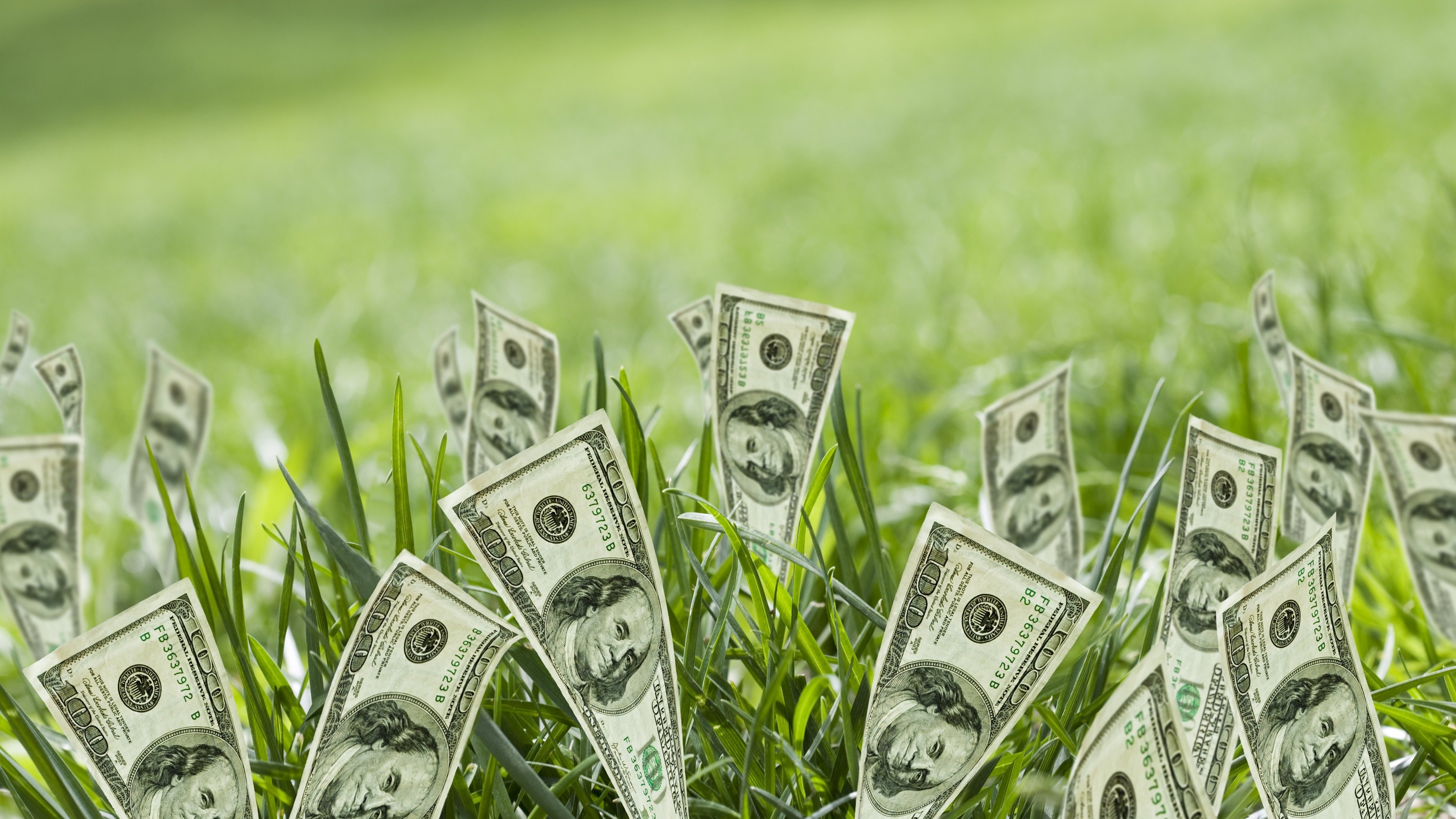 Are New Trump $2,000 Stimulus Payments Coming in 2026? What to Know Now
Are New Trump $2,000 Stimulus Payments Coming in 2026? What to Know NowTax Policy A promise of $2,000 tariff dividend checks is raising questions and fueling confusion.
-
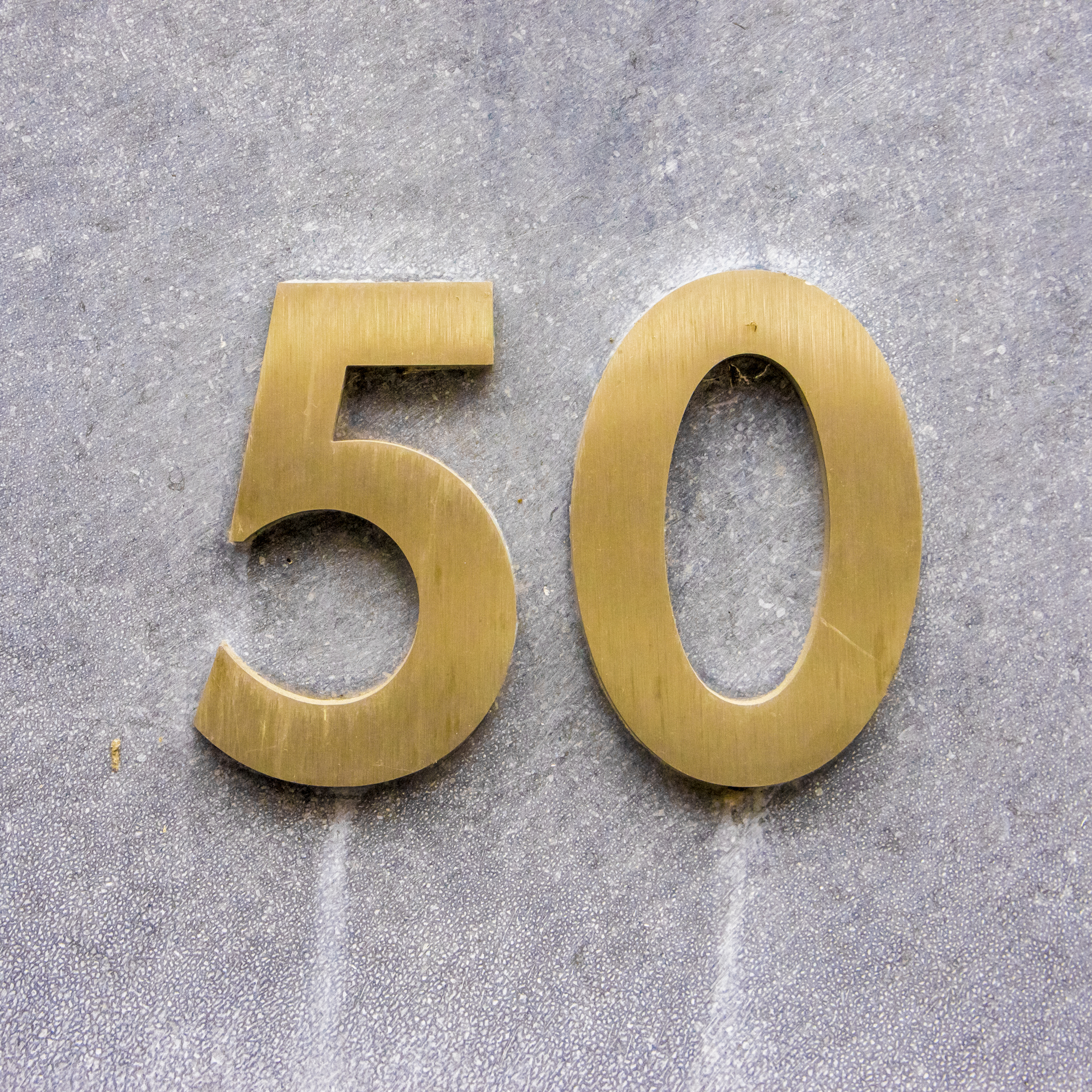 Could Tax Savings Make a 50-Year Mortgage Worth It?
Could Tax Savings Make a 50-Year Mortgage Worth It?Buying a Home The 50-year mortgage proposal by Trump aims to address the housing affordability crisis with lower monthly mortgage payments. But what does that mean for your taxes?
-
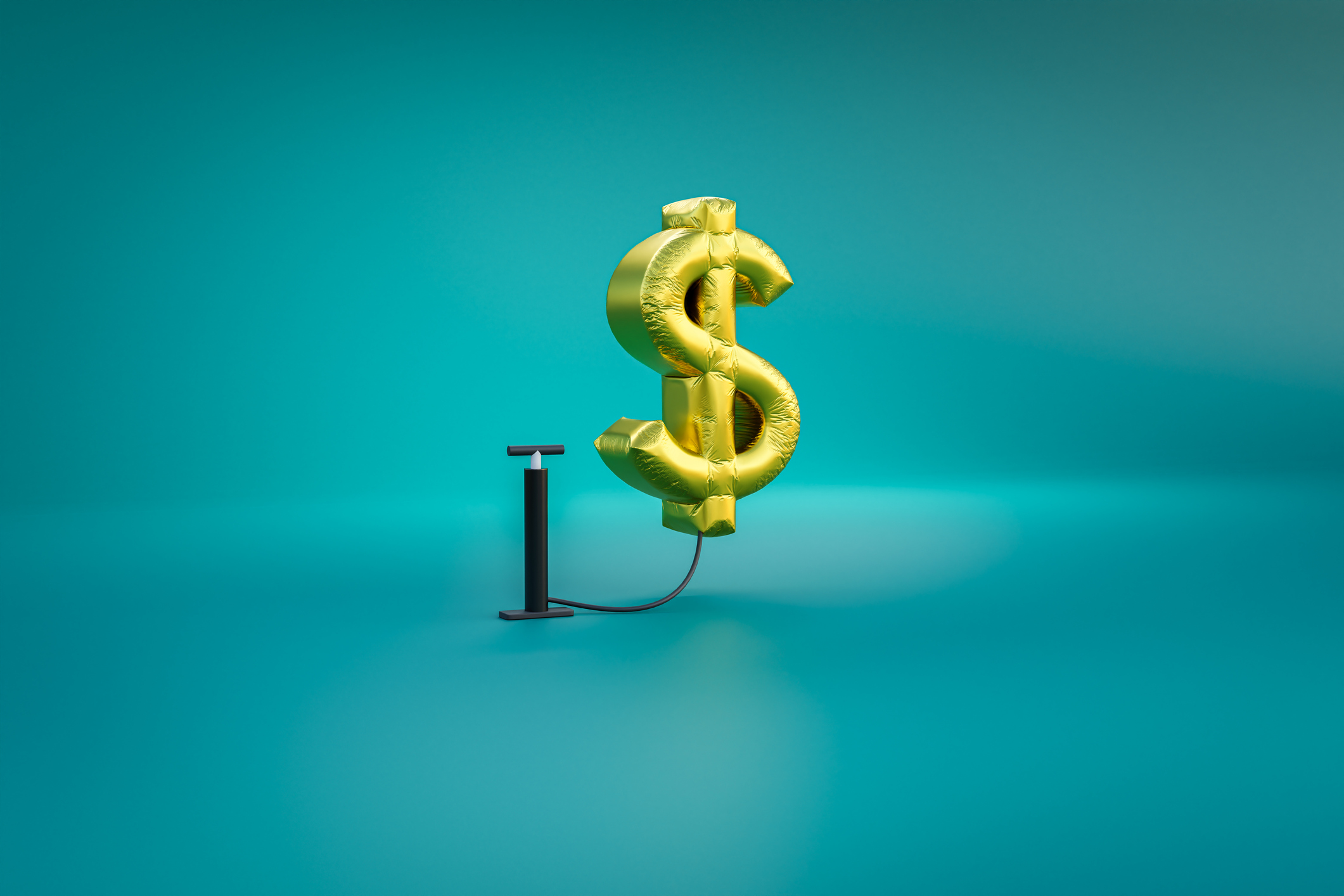 The Delayed September CPI Report is Out. Here's What it Signals for the Fed.
The Delayed September CPI Report is Out. Here's What it Signals for the Fed.The September CPI report showed that inflation remains tame – and all but confirms another rate cut from the Fed.